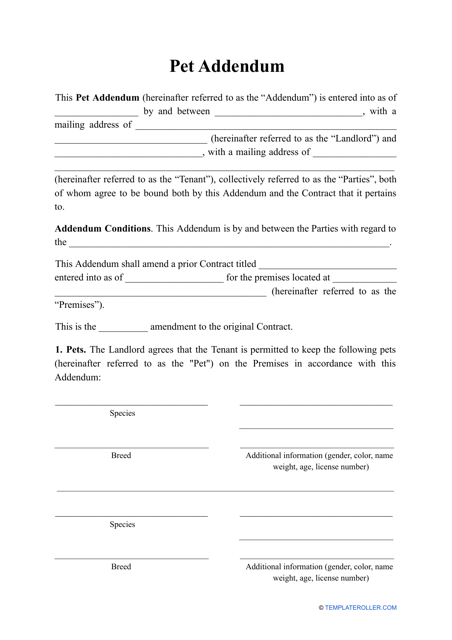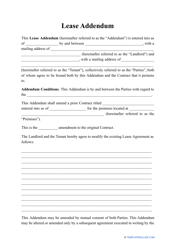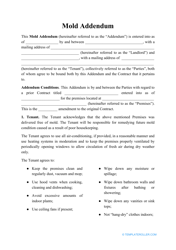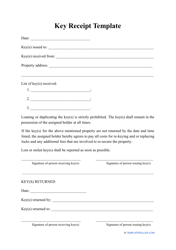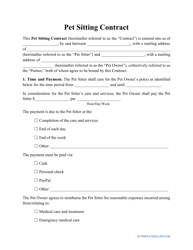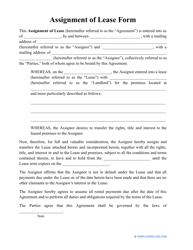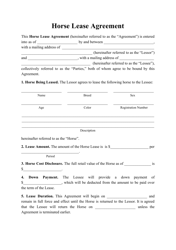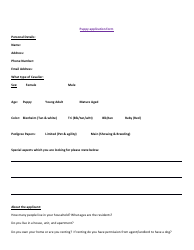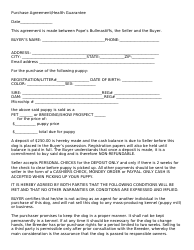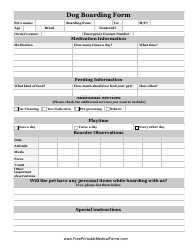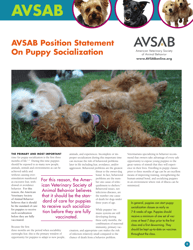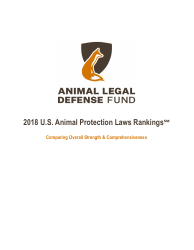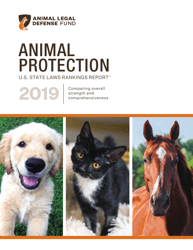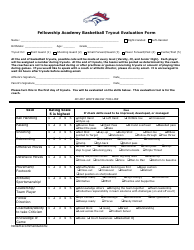Pet Addendum Template
What Is a Pet Addendum?
A Pet Addendum for a lease or rental agreement is an amendment to a Lease Agreement that defines the terms on which pets are allowed on the lease. The landlord should add a Pet Addendum into a Lease Agreement if they want to make their rental pet-friendly. Otherwise, a "No Pets" clause can be added to the Lease Agreement itself. A free Pet Addendum is available for download below.
Alternate Names:
- Pet Clause;
- Pet Policy.
Making your rental pet-friendly gives you a competitive edge on the rental market because many landlords do not lease their houses to pet owners. But it has certain downsides as pets can cause damages to the property, disturb neighbors and other tenants, and threaten others with the risk of injury.
How to Write a Pet Addendum?
If you want to allow pets in your rental, you should design a Pet Addendum that will protect you from any damage or loss caused by pets. A standard Pet Addendum to a Rental Agreement should include information about the lease address, lease period, names of the landlord and tenant, damage deposit, and a description of each pet.
The Addendum should go with a list of rules and requirements that pet owners should strictly adhere to. These may include:
- Pets should not disturb the neighbors.
- Cleaning up all pet waste immediately.
- Keep pets away from prohibited areas.
- Supervise your pet at all times when outdoors.
- Comply with local pet ordinances.
What Pets Does a Pet Addendum Cover?
In a special section, the landlord may define which pets are allowed on the premises by setting certain parameters, such as:
- Animal type;
- Color;
- Vaccinations;
- Name;
- Weight;
- Age;
- Spayed or neutered.
The landlord should make it clear that they must first approve every animal the tenant wants to take to the rental and no animal is allowed on the premises without the landlord's prior consent. Dogs and cats are normally included in the list of allowed pets in any Pet Addendum as they are the most popular pets. It is reasonable for the landlord to include a provision that leaves them the right to refuse any pet even if it fits the allowed pets' criteria.
Besides pet descriptions, a Pet Addendum should contain a set of clauses specifying repayment costs for any damages owing to pets and penalizing any unwanted pet presence. The additional clauses include:
- Refundable pet deposit.
- Additional pet fee.
- No-limit liability.
- Repair costs repayment.
- House-trained animals.
These clauses stipulate penalties and repayment fees for any damages and unwanted incidents with pets and specify their owners' liability for them. The pet deposit is filled to pay for the damages caused by pets in case there are any. An additional pet fee determines the sum that the tenant should pay the landlord in order to take another pet to the lease. The no-limit liability clause is added to ensure that the tenant will repay any damages and incurred losses caused by a pet that may exceed the initial pet deposit. When you lease your house to a tenant with a pet it should be a house-trained animal; therefore it is reasonable to include a clause that ensures that pets should be house-trained.
How to Issue a Tenant Warning about Violating a Pet Addendum?
If there have been complaints from your neighbors about a tenant's pet, you may need to take action on it. Depending on the severity of the incident, your response time may vary from immediate to one week. Emergencies such as an injury inflicted by a person or another animal require immediate reaction, while constant pet noises or strong odors may be dealt with within several days.
To have a clearer picture of the incident, you may want to listen to both sides. If it is a first-time not severe violation, a written warning to the tenant may be sufficient. If violations recur, you may consider removing the disturbing animal or evicting the tenant altogether.
Related Forms and Templates:
